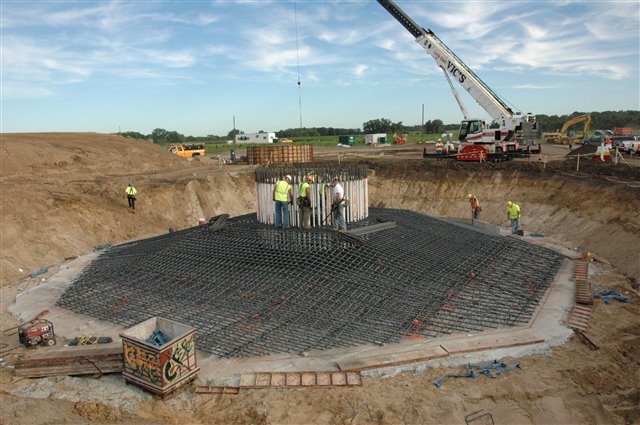An interesting little side piece in E+T. It will require 233 5 MW wind turbines to replace one 500 MW coal fired power station. This will occupy 55 square mile. This is also assuming quite a high capacity factor of nearly 43% but I will keep to the quoted numbers.
I am not sure if it is viable /sensible to build new coal fired power stations. The Chinese and the Indians certainly think that it is. So to look at the nuclear option:
To replace a 3 MW nuclear power plant with 2 EPR units, Hinkley point C or Sizewell C, will require 330 square miles to be filled with wind turbines (maybe more depending on the wake effect).
www.wind-energy-the-facts.org/wake-effect.html
This is more than twice the area of the Isle of Wight, not impossible but politically very difficult.
The more important question is the resources required. It is difficult to find numbers for the concrete and steel requirements for wind turbines. I do understand that this is affected by the ground conditions and foundation requirements however some number exist in this 2011 document.
pubs.usgs.gov/.../sir2011-5036.pdf
Table 5, page 12, gives 100 tonnes of steel per MW and 400 tonnes of concrete per MW. So to replace Hinkley Point C will, according to Kurt Cobb, require 6990 MW of wind turbines.
Steel 6990 * 100 tonnes = 699 000 tonnes
Concrete 6990 * 400 tonnes = 2 796 000 tonnes.
The quoted figures for Hinkley Point C are:
Steel 280 000 tonnes
Concrete 3 000 000 tonnes.
https://chamberuk.com/chrisfayers/
So similar amounts of concrete and a lot less steel for Hinkley Point C. The NPP has an expected life span of 80 years, wind seems to be typically 20-25 years.
Hinkley Point C could also use a lot less materials, cost less and be on time if it was built somewhere other than the UK:
Is wind power a sensible use of our finite resources?

